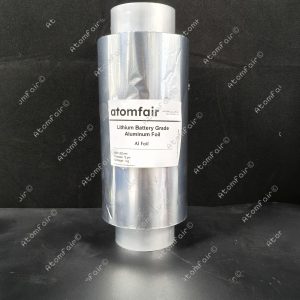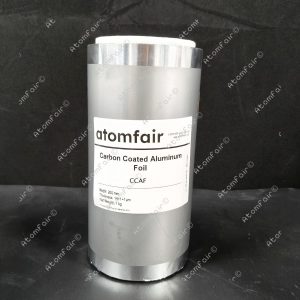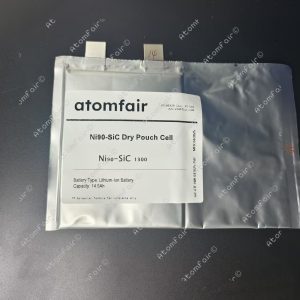Your cart is currently empty!

Atomfair Methanedisulfonic acid CH4O6S2
Description Methanedisulfonic acid (CAS No. 6291-65-2) is a highly versatile and strong organic disulfonic acid with the molecular formula CH4O6S2. This compound, also known as methionic acid, is characterized by its two sulfonic acid functional groups attached to a single carbon atom, making it a potent acidifier and catalyst in various chemical reactions. With a purity grade suitable for laboratory and industrial applications, our Methanedisulfonic acid is rigorously tested to ensure consistency, stability, and optimal performance. It is supplied as a high-quality solid or solution, depending on customer requirements, and is ideal for use in organic synthesis, electroplating, and as…
Description
Description
Methanedisulfonic acid (CAS No. 6291-65-2) is a highly versatile and strong organic disulfonic acid with the molecular formula CH4O6S2. This compound, also known as methionic acid, is characterized by its two sulfonic acid functional groups attached to a single carbon atom, making it a potent acidifier and catalyst in various chemical reactions. With a purity grade suitable for laboratory and industrial applications, our Methanedisulfonic acid is rigorously tested to ensure consistency, stability, and optimal performance. It is supplied as a high-quality solid or solution, depending on customer requirements, and is ideal for use in organic synthesis, electroplating, and as a biochemical reagent. Proper handling and storage are recommended due to its corrosive nature.
- CAS No: 6291-65-2
- Molecular Formula: CH4O6S2
- Molecular Weight: 176.17
- Exact Mass: 175.94493019
- Monoisotopic Mass: 175.94493019
- IUPAC Name: methanedisulfonic acid
- SMILES: C(S(=O)(=O)O)S(=O)(=O)O
- Synonyms: METHANEDISULFONIC ACID, 503-40-2, Methionic acid, UNII-55N1VUX48W, 55N1VUX48W
Application
Methanedisulfonic acid is widely used as a strong acid catalyst in organic synthesis, particularly in esterification and condensation reactions. It serves as an effective electrolyte component in electroplating and battery applications due to its high conductivity and stability. Researchers also utilize it in biochemical studies as a protein precipitating agent or buffer component under acidic conditions.
If you are interested or have any questions, please contact us at support@atomfair.com
Related products
-
Atomfair 1 kg/roll Battery Grade Aluminum Foil (200mm W x 12um T) for Battery Electrode Substrate/ Current Collector
$169.95 -
Atomfair 1 kg/roll Double Sides Conductive Carbon Coated Aluminum Foil for Battery Electrode Substrate/ Current Collector (200 mm wide 14+1+1 um thick)
$189.95 -
Atomfair 14.5 AH Ni90 || SiC Dry Pouch Battery Cell Without Electrolyte Filling
$550.00 -
Atomfair 1AH LCO || Graphite Dry Pouch Cell Lithium Ion Battery
$169.95 -
Atomfair 1AH LMR || Graphite Dry Pouch Cell Lithium Ion Battery
$329.95




